ABSTRACT
Nowadays many Navies have submarines and refer them as the backbone of their Navies. The most important task of diesel-electric submarines, whose primary operational task in history was to intercept / control maritime trade routes, is to collect information without being noticed and to perform surprise operations against underwater, land and air targets when necessary. Submarines can be noticed and lose their invisibility thanks to today's high-tech radar systems when they come to the surface of the water and even when they reach periscope depth to go snorkeling without their hulls rising above the water. The ratio of the time submarines charges their batteries during their cruise to the time the submarines spend under water is called indiscretion rate. Reducing this rate is considered as a measure of the invisibility of submarines. While developing new designs and technologies, reducing this rate is considered as the main design goal. Air-independent propulsion systems, which significantly increase the underwater sailing range of submarines, have lowered the rate of snorkeling time of modern submarines, and the operation area of today's submarine equipped with these systems shifts from brown waters to blue waters. Another important factor in the rate of snorkeling cruising time is the hydrodynamic form and the propulsive efficiency of the submarine. The submarine, which has a more efficient form, will be able to cruise for a longer time with the same speed and same energy capacity underwater and will have a lower indiscretion rate. Nowadays, computational fluid dynamics is used by designers as an effective tool and enables the design of hydrodynamic forms that can drive the submarine more efficiently at desired service speeds and the propellers that will push these forms with both high efficiency and low acoustic trace. In this study, the self-propulsion characteristics of the Joubert BB2 submarine form, which has been frequently preferred in recent years in the studies conducted in the open literature, was calculated with computational fluid dynamics methods and the speed of the propeller used in the propulsion of the submarine was obtained to propel the ship at the service speed of the submarine. With the determination of the self-propulsion point, the Taylor wake fraction, thrust deduction, hull efficiency, relative rotative efficiency and propulsive efficiency were calculated and compared with open literature.


